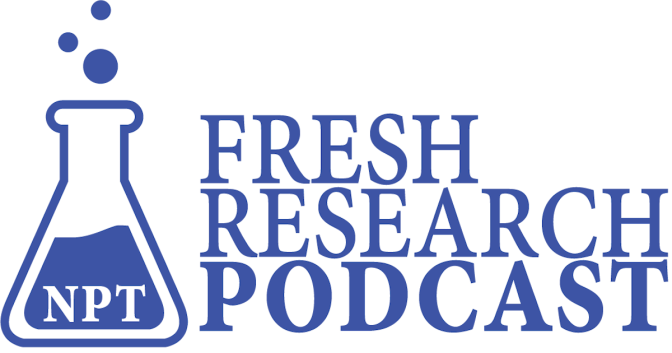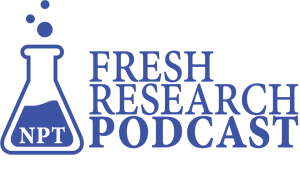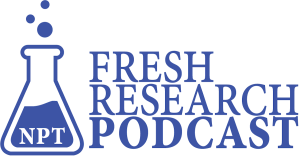Why are donors more generous with time than money?
“Holding all else equal, people are more generous with pro-social investments of time than money,” according to a recent paper that examined the results of seven experiments around giving.
“Why Are Donors More Generous with Time than Money? The Role of Perceived Control Over Donations on Charitable Giving” is a paper authored by John Costello, assistant professor of marketing at the Mendoza College of Business at the University of Notre Dame, and Selin Malkoc, associate professor of marketing, at the Fisher College of Business at The Ohio State University.
The authors argue that people prefer to donate time rather than money because donations of time feel more controllable than donations of money. Donors perceive that they will have more personal control over how their potential time will be used versus monetary donations.
In this episode of Fresh Research, Costello explains the seven experiments they conducted to come up with the results for this paper, including impact of using different verbs to describe the act of donation – give versus spend – can be an effective tool to increase perceived control. They predict that because time donations offer relatively more control than money donations, consumers will prefer to donate time rather than money to regain some control.
The authors test their predictions in seven studies and generalize our effects using hypothetical and incentive-compatible scenarios that use a variety of charitable causes, donation amounts, and measures. Three studies test their proposed process via mediation analysis. two studies directly compare the role of control over donations against alternative accounts via parallel mediation analysis. Another study tests whether donations can be used as a compensatory process. The remaining studies test the process by manipulating the amount of control donors feel and by using a novel framing intervention.







